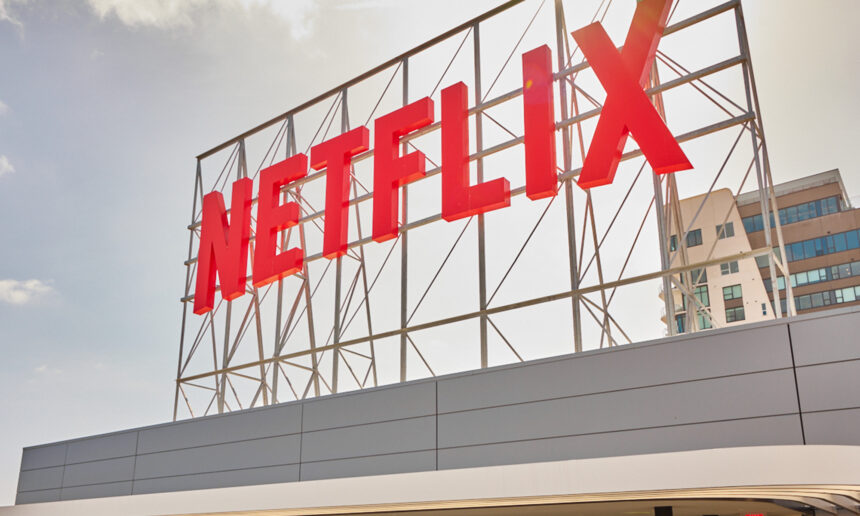In a significant development, Netflix’s share price has recently crossed the impressive milestone of $1,000, leading to speculation about a potential stock split. While stock splits do not alter the core fundamentals of a company, they often create a buzz among investors and can boost media attention.
Historically, stock splits are viewed as indicators of a company’s growth trajectory. They imply that management has a firm belief in the business’s continued success and is willing to make shares more accessible to a broader range of investors by effectively lowering the price per share. Research from Bank of America suggests a clear correlation between stock splits and subsequent performance; stocks that underwent splits over the past forty years posted an average gain of 25.4%, significantly outpacing the S&P 500’s return of 11.9% during the same period.
This outperformance pattern is compelling, though one must note that correlation does not equate to causation. Companies typically choose to split their stocks during periods of confidence and growth, which often coincides with prosperous market conditions rather than downturns.
Netflix, having already enjoyed an extraordinary 400% increase over the past three years, stands out in the current entertainment landscape. The company’s innovative approach, particularly with the introduction of advertising, paid sharing, and live events, has resonated well with audiences and broadened its revenue streams. This strategy enables Netflix to attract new subscribers without solely relying on price hikes, allowing for the possibility of more affordable tiers.
Historically, Netflix has not shied away from stock splits; the company executed a 7-for-1 split in 2015 and a 2-for-1 split in 2004. Given its current valuation and share price, the prospect of a split appears more relevant than ever, particularly as a means to attract retail investors.
Furthermore, a stock split could position Netflix to qualify for the Dow Jones Industrial Average, especially considering its current market capitalization of about $500 billion. While entertainment remains underrepresented in the index, Netflix’s inclusion could be beneficial, given that similar companies largely dominate the index and industries closely related to technology.
As Netflix prepares to release its fourth-quarter earnings on October 21, expectations are high. Analysts predict a year-over-year revenue increase of 17%, bringing it to $11.5 billion, and an earnings per share rise from $5.40 to $6.94. While the stock’s price-to-earnings ratio remains elevated at 50, Netflix maintains a commanding presence in global video entertainment. Its robust growth strategy, supported by advertising and local content initiatives, suggests that the company is well-positioned for future expansion.
A potential stock split could serve as a catalyst for further gains in Netflix’s stock, enticing investors looking for accessible entry points into what remains a leading player in the entertainment sector.







